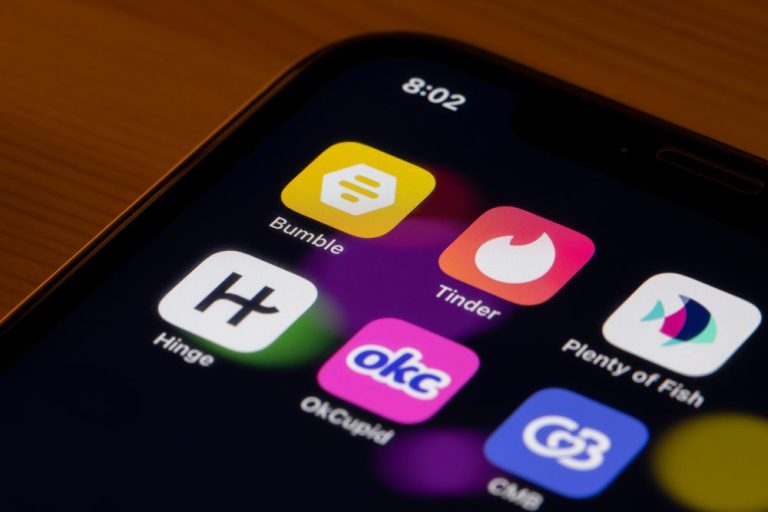According to Bloomberg, many young consumers are taking to social media apps to voice their annoyance with recent changes to dating giant Match Group’s apps, including, for instance, Tinder’s addition of a $499/month membership. Consequently, many young consumers are turning away from apps toward real-world events to make connections, with Eventbrite noting the number of speed dating events grow by 63% last year.
Indeed, consumers are also seeking out more in-person dating events. Google Trends analyses show searches for “speed dating” trending positive over the past two years, as are searches for “dating events” and “where to meet people,” suggesting that consumers are increasingly looking for alternatives to dating apps.
Against this backdrop, Match Group’s stock has fallen 25% year to date.
Indeed, many consumers — especially the younger generations that most of Match’s leading dating apps target — are finding themselves forced to unsubscribe from their nice-to-have services amid ongoing financial challenges.
The PYMNTS Intelligence study “The One-Stop Bill Pay Playbook: Drivers of Consumers’ Bill Payment Priorities,” created in collaboration with Mastercard, which draws on a survey more than 2,100 U.S. consumers, found that of all the generations, Generation Z is most likely to prioritize bills that are necessities over other bills. Additionally, the study found that, across generations, 50% of people would cancel their membership subscriptions if they were unable to pay all their bills, while only 19% would prioritize paying these bills in full over others.
Advertisement: Scroll to Continue
“The bar continues to get higher. People’s budgets are getting squeezed. People aren’t spending money frivolously,” sticky.io CEO Brian Bogosian said during a conversation with PYMNTS’ Karen Webster for the J.P. Morgan Payments Series: Global Innovators in Payments. “If they don’t get value, if they don’t get flexibility, if they don’t get incentives to continue, they’ll drop off.”
Still, many consumers continue to engage digitally when it comes to dating. The study “ConnectedEconomy™ Monthly Report: The Love and Social Media Edition,” which drew from a March survey of a census-balanced panel of more than 2,700 U.S. consumers, reveals that 27% of those surveyed participate in online dating each month.
While some consumers may be growing frustrated with dating apps increasingly relying on paid subscriptions, players in the space continue to tout this shift as a positive.
“Not only are the weekly subscribers helpful from a revenue accretion standpoint and [a revenue per paid user] standpoint, but that they are positive on an LTV basis,” Match Group President and Chief Financial Officer Gary Swidler told analysts on the company’s most recent earnings call. “We’ve been monitoring the renewal rates and the resubscription rates of these subscribers, and that’s been meeting or even exceeding our expectations.”
Similarly, Bumble is also counting on its subscription offerings to drive revenue. Whitney Wolfe Herd, the company’s founder and CEO (who will soon transition to executive chair), noted on the company’s last earnings call that it is counting on its two new subscription tiers, Premium Plus and a base tier, will attract “high-intent, serious dating customers and Gen Z users.”




